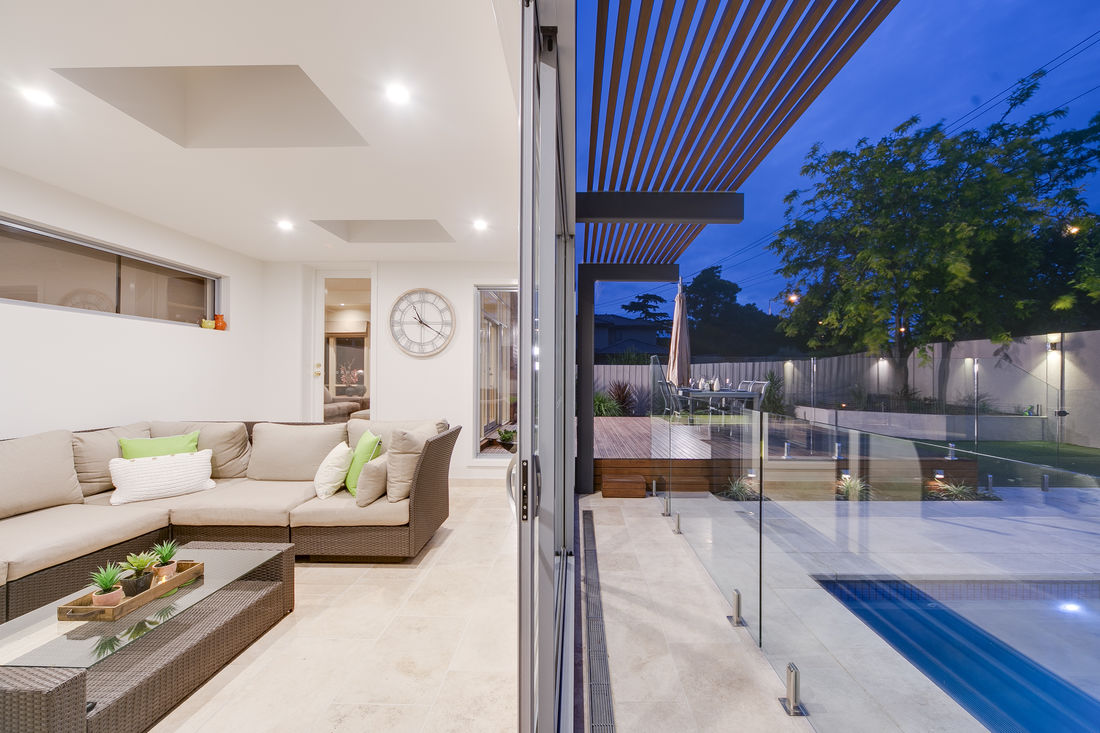The philosophy behind minimalist architecture is about achieving simplicity in form, space, materials and colour. Minimal homes are pared down and restrained to create a sense of purity as an antidote to the frenetic pace of our contemporary lives.
While the principles of minimalism can be seen throughout the history of architecture, it was the celebrated German architect, Ludwig Mies van der Rohe, who spearheaded the modern minimalist movement in the early twentieth century.
Van der Rohe was the first to state that "less is more," emphasising the clean, streamlined spaces, minimal structures and pared back industrial materials so recognisable in today's most exceptional architectural feats. Twentieth and twenty-first-century architects have so thoroughly embraced his minimalist blueprint that his designs still look as fresh a century later as they did when first built.
When compared to its architectural predecessors – Victorian design, Art Deco and Art Nouveau – Minimalism makes elegant use of space and light, natural textures and hues, simple shapes, lines and angles. Rooves are flattened, detailing is removed, colours are neutral and harmonious. Minimalist homes are reduced to their essential constituencies – any form of clutter is anathema, whether visual or corporeal.
Follow these five guidelines for achieving a perfectly minimalist approach to your home renovation plans:
- Focus on a balance between form and function. When creating a home based on minimalist aesthetic values, you'll want your renovation architect to create a simple, efficient layout with uncomplicated spaces. Functionally useful areas should emphasise the form of the structure (authentic materials, texture, angles and use of light) as a form of decoration, making interiors rest comfortably on the eye and promoting a sense of expansiveness.
- Emphasise views. Large picture windows will divert the focus outwards, creating visual drama and filling a minimalist home with light. Openings should be uncomplicated, without complex curves or unnecessary details that distract the eye.
- Simplicity of materials. A minimalist home will employ elements strategically, using them to create interest and a unique character. Your palette should be limited to only a few materials – many contemporary minimalist buildings use a mix of concrete and glass that perfectly balances texture with clean lines with neutral hues. Roof profiles should be simple and straightforward.
- Clean, open plan living. Open floor plans create the opportunity for uncluttered spaces, so think about combining your kitchen, dining and living areas to give the impression of a sweeping layout, light-filled rooms and an uncluttered aesthetic. When finished with clean, modern detailing and a neutral colour palette, the effect is a calm, zen-like space with timeless appeal.
- Hideaway storage. Modern families amass a lot of ‘stuff,’ so plenty of easy to access, hidden storage is a must. Minimalism revels in a dearth of décor and decoration – you’ll want as many opportunities to stash away the ephemera of everyday life as possible. Think flat slab cabinetry with minimally exposed handles to dampen down the visual noise.
For help with minimalist architectural drafting services and design, contact our friendly team today.
